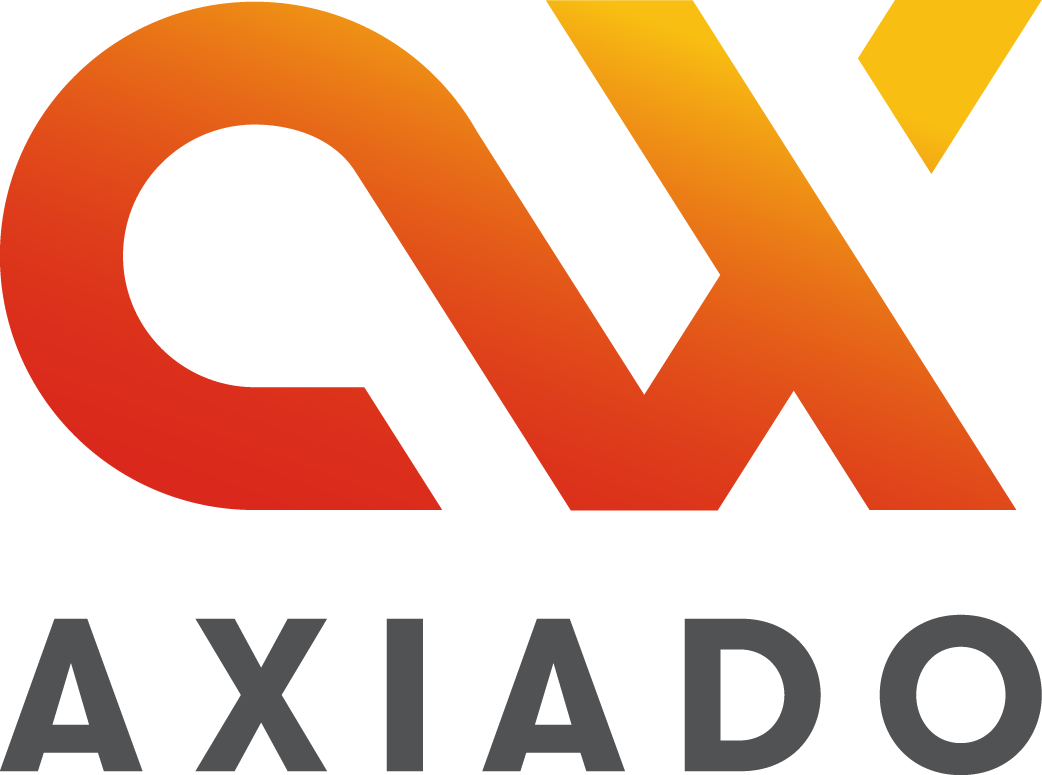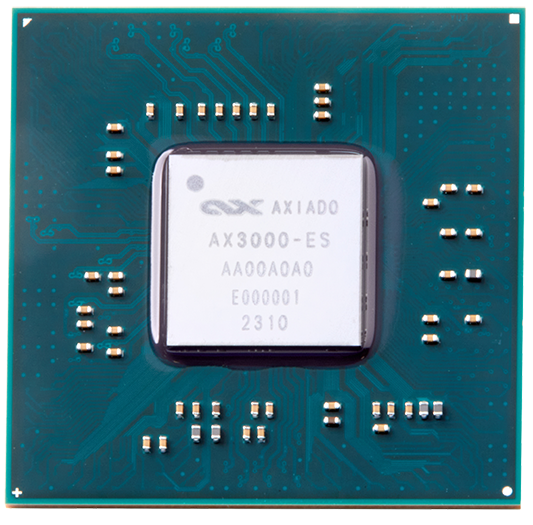Our Innovation Lab
Cybersecurity and Ransomware Protection Starts
with Hardware and AI
In the dynamic landscape of cybersecurity, the relentless battle against ransomware is a testament to the evolving nature of cyber threats. Ransomware attacks have undergone a metamorphosis, emerging as highly sophisticated adversaries that excel in the art of stealth and evasion. In 2022, it is reported that an AVG malicious ransomware attack eluded detection for an astounding 324 days, with an additional 91 required to regain control. The protracted concealment of such an attack can spell calamity for organizations, underscoring the imperative for swifter and more intelligent detection mechanisms.
Cybersecurity and Ransomware Protection Starts with
Hardware and AI
In the dynamic landscape of cybersecurity, the relentless battle against ransomware is a testament to the evolving nature of cyber threats. Ransomware attacks have undergone a metamorphosis, emerging as highly sophisticated adversaries that excel in the art of stealth and evasion. In 2022, it is reported that an AVG malicious ransomware attack eluded detection for an astounding 324 days, with an additional 91 required to regain control. The protracted concealment of such an attack can spell calamity for organizations, underscoring the imperative for swifter and more intelligent detection mechanisms.
Use-Case Demonstrations
Use-Case 1:
Ransomware Detection
Our AI-driven TCU revolutionizes the way we detect and respond to ransomware attacks in real-time. Here’s what we’ll cover: Ransomware Detection, Architecture Review, Monitoring/Alerts and Quick Response.
Use-Case 2: Side-Channel Attack Detection
This TCU-based Secure AI™ demo setup will showcase the following: clock-, voltage-, power- and temperature-based side-channel attack detection and prevention.
Use-Case 3:
Generative AI
Navigating the future of cybersecurity by demonstrating our AI-driven TCU’s XDR capabilities, Zero-Day Vulnerability Inspector and Ransomware Intelligence Center.
Use-Case 4: Command Injection Attacks
Defense against web-based, Operating System (OS) command injection attack is demonstrated with our TCU’s AI-enhanced web application firewall (WAF) for protection in both the control and data planes.
Use-Case 5: Crowd-Source Ransomware Hunting
Our ‘sandbox’ platform is driven by our AI/ML-based security processor and incorporates a multitude of open-source software tools designed for ransomware analysis.
Use-Case 6: Network Anomaly Detection
The TCU has the ability to detect anomalous network behavior with on-chip machine learning models, all done directly on our hardware while also offering adaptability with our datalake.
Use-Case 7: GenAI for Network Penetration Attacks
Amateur attackers can easily launch successful cyberattacks, as shown using penetration testing and red teaming tools with the guidance of GenAI’s chat bot.
Use-Case Demonstrations
Use-Case 1:
Ransomware Detection
Our AI-driven TCU revolutionizes the way we detect and respond to ransomware attacks in real-time. Here’s what we’ll cover: Ransomware Detection, Architecture Review, Monitoring/Alerts and Quick Response.
Use-Case 2: Side-Channel Attack Detection
This TCU-based Secure AI™ demo setup will showcase the following: clock-, voltage-, power- and temperature-based side-channel attack detection and prevention.
Use-Case 3:
Generative AI
Navigating the future of cybersecurity by demonstrating our AI-driven TCU’s XDR capabilities, Zero-Day Vulnerability Inspector and Ransomware Intelligence Center.
Use-Case 4: Command Injection Attacks
Defense against web-based, Operating System (OS) command injection attack is demonstrated with our TCU’s AI-enhanced web application firewall (WAF) for protection in both the control and data planes.
Use-Case 5: Crowd-Source Ransomware Hunting
Our ‘sandbox’ platform is driven by our AI/ML-based security processor and incorporates a multitude of open-source software tools designed for ransomware analysis.
Use-Case 6: Network Anomaly Detection
The TCU has the ability to detect anomalous network behavior with on-chip machine learning models, all done directly on our hardware while also offering adaptability with our datalake.
Use-Case 7: GenAI for Network Penetration Attacks
Amateur attackers can easily launch successful cyberattacks, as shown using penetration testing and red teaming tools with the guidance of GenAI’s chatbot.



